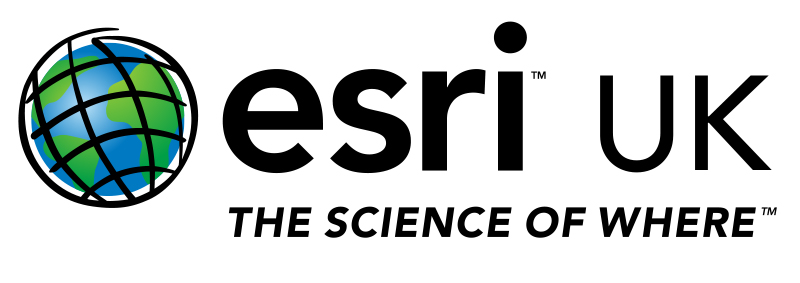Ofcom decides the future of Superfast Broadband
/Ofcom is expected to make an announcement on the BT / Openreach potential split by the end of March 2016. The regulator must decide whether to break up BT - a decision that could catapult the UK's fibre infrastructure to be truly competitive on the world stage.
Superfast broadband is a major government initiate that intends to reach 95% of the UK population by 2017. This programme is led by Broadband Delivery UK (BDUK), part of the Department for Culture, Media and Sport. The Government has committed over £1.2 billion to:
provide superfast broadband coverage to 90% of the UK by 2016 and 95% by 2017
provide access to basic broadband (2Mbps) for all by December 2015
explore options to provide superfast coverage to the hardest to reach parts of the UK
BT and Virgin Media own the largest network infrastructure in the UK and are investing heavily in expanding their networks further. However, new entrants to the market including Cityfibre, GigaClear, UK Broadband, Airwave and Avanti are also delivering new broadband services to UK cities and towns, connecting rural areas where there is little or no access to broadband services (approx. 1.3 million UK homes).
An independent Openreach will create a more competitive situation enabling new market entrants to leverage the Openreach infrastructure and deliver further innovation to the sector. Offering an improved customer experience in terms of access to services in remote areas, faster network speeds and greater quality of service.
Maximising ROI - How ESRI can help
Esri can help these organisations maximise their return on investment by delivering geo-spatial (GIS) solutions across the business in number of ways:
Strategic planning capabilities using demographic and environmental data allow telcos to understand which towns and cities to prioritise, in accordance with the target customer profile and the best locations to dig or plant poles.
Network design tools to help visiualise network infrastructure on laptop and mobile device screens, generating automated schematic and BOM (bill of materials) documentation which can be printed in a matter of seconds.
Spatial analysis tools to determine the location of peak demand and allow organisations to view and analyse data via dashboards.
Mobile applications help field teams capture and log asset information in near real-time.
Operational dashboards track live resources travelling around the country.
As broadband services become a necessary utility, home owners and business will select providers in accordance to their service and costs. Therefore, getting the infrastructure right from the start and maximising the ROI using GIS systems, will deliver value and secure a long and fruitful future.
For more information call Richard Stevenson, Business Manager at Esri UK on 01296 745500.


